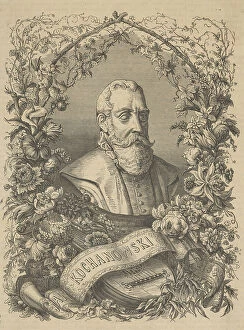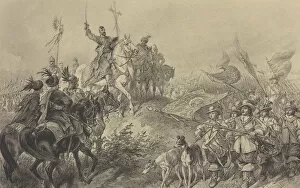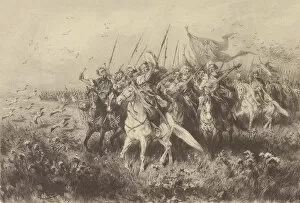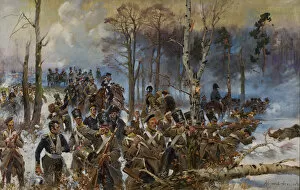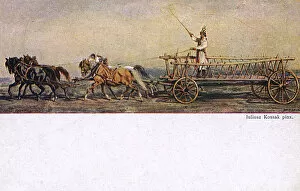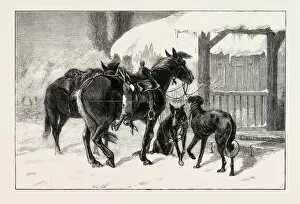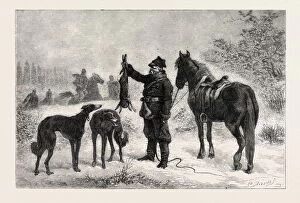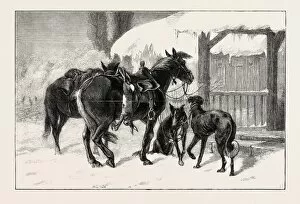Kossak Collection
Kossak, a traditional Polish surname, has deep roots in the country's history and culture
For sale as Licensed Images
Choose your image, Select your licence and Download the media
Kossak, a traditional Polish surname, has deep roots in the country's history and culture. The name is often associated with renowned Polish painter Wojciech Kossak and his family of artists. Known for their patriotic works depicting historical events and battles, the Kossaks have left a lasting impact on Polish art. The Kossak family's artistic legacy continues to inspire generations of painters and art enthusiasts in Poland and beyond. Their detailed depictions of military scenes and landscapes capture the spirit of Poland's rich heritage. Beyond their artistic achievements, the they are also remembered for their contributions to society through philanthropy and community involvement. Their dedication to preserving Polish traditions and values has earned them respect and admiration throughout the country. In modern times, the name Kossak serves as a reminder of Poland's vibrant cultural heritage and its enduring influence on the world of art. Whether through paintings or other forms of expression, the Kossaks' legacy lives on as a testament to creativity, passion, and national pride.

